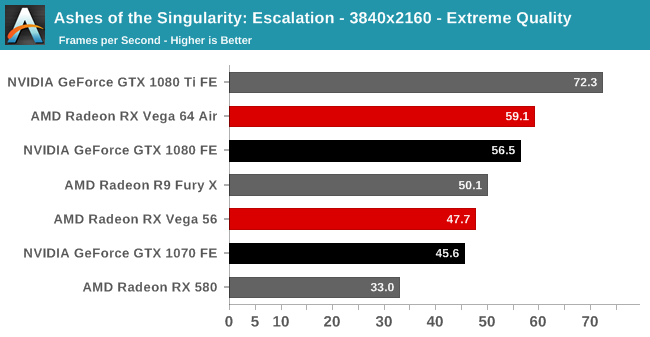

As GPUs add ever more ALUs, even embarrassingly parallel begins to break down, and it is harder to keep a GPU filled the more ALUs there are to fill. Nvidia has to build this feature into its drivers to enable it. Anandtech also explains this quite well.Īgain in a traditional environment all of this is fine, however as GPUs have advanced they have begun to test the limits of a single execution queue. This also helps AMD out a lot.ĭriver optimization is probably also part of the equation. Maxwell does not (I don't think so, I could be wrong). Now, however, asynchronous compute better utilizes all of the power.Īs well, the Fury X and every other gcn card has a sync compute/shading optimizations on the hardware level. Normally some of the Fury X's power is not utilized, while most of the 980 ti's is. However, by adding asynchronous compute you can utilize all of these. However, not all of the Fury X's cores always get utilized. The Fury X also has more computing power than the 980 ti. Most of you probably already know that the 980 ti has 2816 CUDA Cores while the Fury X has 4096. However, when more cores(or stream processors for AMD) are added, sometimes not all of the cores are utilized.Īsynchronous compute aims to help get rid of this issue by letting the GPU do many things at once. Normally, a GPU only does one operation at a time. So what exactly is asynchronous compute?Īs most of you know, most CPUs only have a handful of cores, while most GPUs have thousands of individual cores.

Unfortunately, most games probably won't support it for a long time. GCN's hidden weapon has finally come out, and AMD is really getting Nvidia with this one. DX12 seems to really favor AMD already, but enable Async Compute and AMD just crushes Nvidia.

With normal DX12 the Fury X is beating the 980 ti not by much, but enable asynchronous compute and AMD's lead is astronomical. Now, though, we can see how much of an impact it makes. AMD has had it with GCN since the 7970 but it was never fully taken advantage of. This accounts for some of the gap between the two manufacturers, but by no means all of it.Īsynchronous compute is basically AMD's secret weapon. The GeForce GTX 980 Ti’s performance, in contrast, drops by 5-8% if asynchronous compute is enabled. Enable asynchronous compute, however, and AMD roars ahead, beating its Nvidia counterpart by 24-28%. With asynchronous compute disabled, AMD’s R9 Fury X leads the GTX 980 Ti by 7-8% across all three detail levels.


 0 kommentar(er)
0 kommentar(er)
